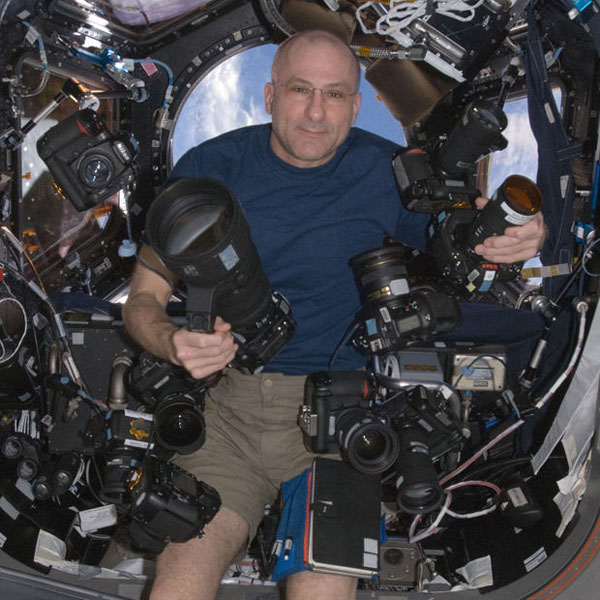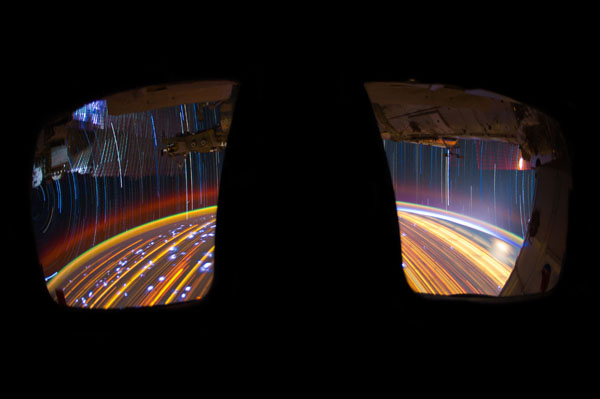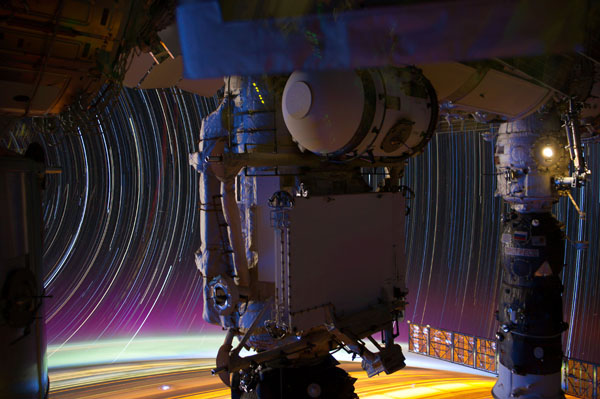Share
Why This NASA Astronaut Brings 10 DSLRs Into Space
If you were scheduled to spend a total of 370 days in space, what would you bring with you? How about 10 Nikon DSLRs and their accompanying lenses?...

If you were scheduled to spend a total of 370 days in space, what would you bring with you? How about 10 Nikon DSLRs and their accompanying lenses? That’s what astronaut Donald Pettit opted to bring on board. This means that when he’s not demonstrating trajectories in microgravity or operating the robotic arm for extra-vehicular activity in space, he’s busy capturing some of the world’s most astonishing space images.
It turns out, Pettit isn’t working at the International Space Station (ISS) as NASA’s official photographer – he’s an astronaut and flight engineer, and a veteran of several ISS missions. And now we’re excited to announce that Pettit is joining our lineup of speakers at Luminance 2012, adding yet another unique viewpoint on the future of photography.
Pettit has shot some of the most iconic photos taken 240 miles up in space, which gained a lot of attention earlier this summer when several online publications noted the similarities between his shots and the 1968 film 2001: A Space Odyssey. The images show the paths made by stars and Earth lights over 10-15 minutes, created by stacking 46 separate exposures. Pettit told onorbit.com, “30 seconds is about the longest exposure possible, due to electronic detector noise effectively snowing out the image. To achieve the longer exposures I do what many amateur astronomers do. I take multiple 30-second exposures, then ‘stack’ them using imaging software, thus producing the longer exposure.”
The resulting photos truly do look like they’re straight out of a sci-fi movie, and give us a new perspective on Earth.. Of course the best part is, they’re the real deal. Learn more about how Pettit shoot in space, and what his work means for the future of photography, at Luminance 2012.






